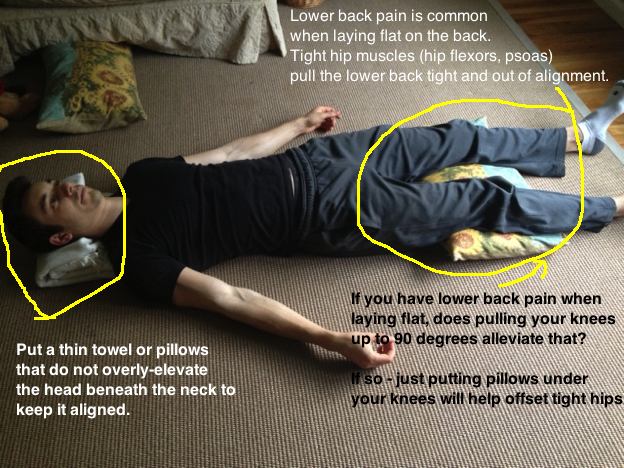
Sleep position plays a pivotal role in long-term back health. A poor sleep posture can lead to chronic back pain and discomfort, impacting daily activities and overall quality of life. This comprehensive guide delves into the intricate relationship between sleep positions and back health, exploring how various positions can either support or strain the spine. We’ll examine the pros and cons of different sleep postures, highlighting the importance of ergonomic considerations. This article will also discuss specific sleep position recommendations, mattress and pillow choices, and strategies to prevent and manage back pain associated with sleep. Ultimately, we aim to provide actionable advice to optimize your sleep position and maintain a healthy back.
The Impact of Sleep Position on Spinal Alignment
Proper spinal alignment during sleep is crucial for maintaining long-term back health. Poor alignment can lead to muscle strain, joint pain, and ultimately, chronic back problems. Different sleep positions exert varying degrees of pressure on different parts of the spine, influencing its alignment and posture throughout the night. A study by the National Institutes of Health found a strong correlation between certain sleep positions and increased risk of back pain. We will explore how these different positions affect spinal curves and muscle engagement.
Side Sleeping: Advantages and Disadvantages
The Benefits of Side Sleeping
Side sleeping can be beneficial for spinal health when done correctly. It often allows for a more natural alignment of the spine, distributing weight evenly across the body. This can minimize strain on the lower back. However, choosing the right pillow plays a critical role in supporting the neck and head. Using a supportive pillow, like a body pillow, which helps align your head and spine is important. Using a pillow that doesn’t fit your body or one that is too flat can lead to neck pain. Using the correct pillow for your body and neck is crucial for maintaining the alignment of your spine.
Related Post : Daily Habits That Secretly Worsen Your Back Pain
Back Sleeping: Supporting a Healthy Spine
The Ideal Back Sleeping Posture
Sleeping on your back is often considered the best position for spinal alignment, as it distributes weight evenly. It allows the spine to maintain its natural curves, and it promotes relaxation. However, it’s crucial to use a pillow that supports the neck and prevents the head from tilting excessively. The ideal firmness and height of the pillow should maintain the natural curve of your neck. Using a thin pillow is sometimes beneficial as well. Maintaining a neutral spinal position is critical for long-term health.
Stomach Sleeping: A Challenging Posture
The Potential Risks of Stomach Sleeping
Sleeping on your stomach is often the least conducive sleep position for maintaining a healthy spine. It can lead to significant stress and strain on the neck and spine, since it forces the neck to twist unnaturally. This posture can also disrupt the natural curvature of the spine, leading to potential pain and discomfort. The misalignment of the spine in this posture can cause tension in the back muscles and contribute to pain in the mornings.
Factors Influencing Sleep Position Choices
Individual Preferences and Body Types
Sleep position preferences are often influenced by individual habits and comfort levels. Body types and other conditions, including underlying back problems, can affect choices. Finding a sleep position that aligns with your physical characteristics and avoids exacerbating existing conditions is important. Consider consulting with a healthcare provider for personalized recommendations.
In conclusion, the sleep position you choose significantly impacts your back health in the long run. Understanding the pros and cons of different positions, along with incorporating supportive measures like pillows and mattresses, is key to maintaining a healthy spine. For personalized guidance, consult with a healthcare professional or physical therapist for tailored advice on optimal sleep postures based on your individual needs and any existing back conditions. This will not only improve your sleep quality but also contribute to long-term back health, promoting overall well-being. By making informed choices about your sleep position, you can safeguard your back and enjoy a more comfortable and restful night’s sleep.